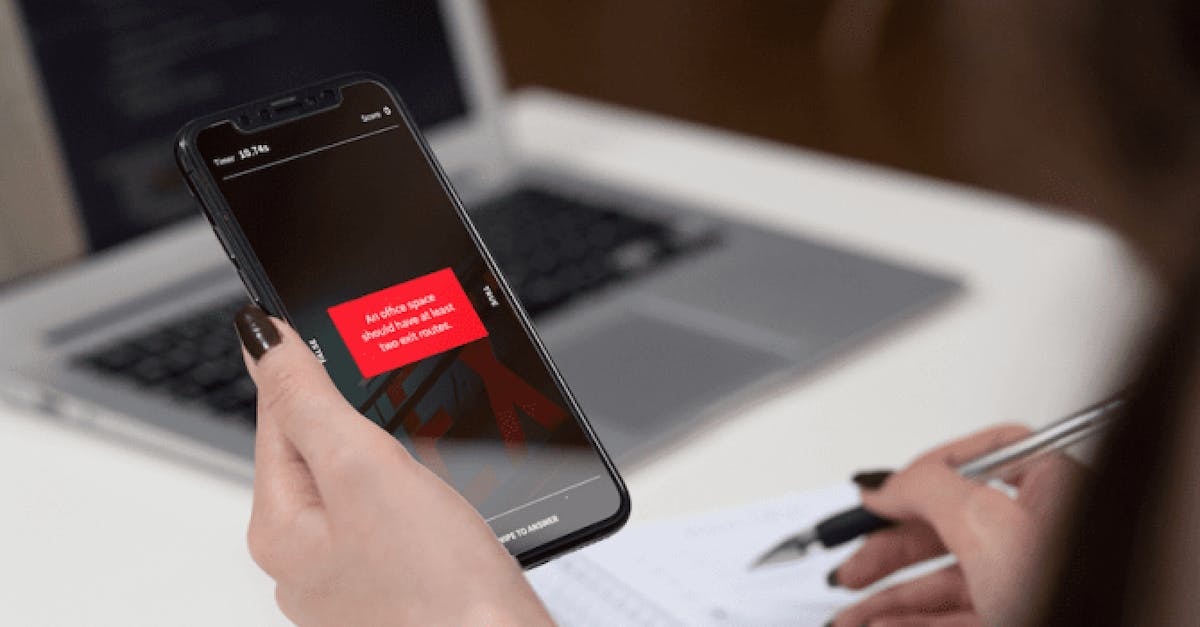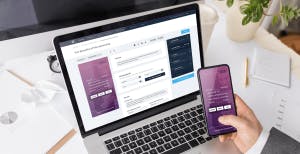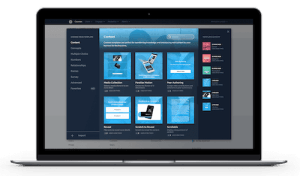Workplace Learning Solution

Microlearning, a subset of eLearning, has become increasingly popular as a tool to train employees in learning environments. As the name implies, microlearning breaks complicated information down into bite-sized chunks. These ‘chunks’ are highly-targeted lessons that are easier to digest and therefore, easier to retain and remember later. Learning and Development professionals and trainers cite microlearning as being their favorite compliance training method, specifically because employees ask for it. Longer courses are not only more challenging to digest and retain, but taking them also requires a greater time commitment than some employees are willing to give.
Why microlearning is always the best workplace learning solution
According to Reportlinker, an award-winning market research solution, in 2019 the global microlearning market was worth 1.5 billion USD. That number is expected to nearly double to 2.7 billion USD by 2024. The popularity of microlearning in undisputed. In the United States, 77 percent of companies have already used online learning to train their workforce. Incorporating microlearning into a course can sometimes result in completion rates soaring from 15 percent all the way up to 90 percent. In this regard, Microlearning has proved to be a successful alternative to long-form eLearning courses as it allows participants to digest things quickly, multi-task between meetings and work, and retain the subject at hand better.
Microlearning may seem to be too perfect to be true, and in a way, it is. Although it is very good at employee training, it should not be a band-aid solution to all of a corporation’s training woes. Rather, microlearning might work better as part of a blended learning solution or a course management system, for example.

Blended workplace learning solution
The strength of microlearning comes in its delivery of bite-sized lessons that are highly targeted, and on very niche subjects. Effective for small bursts of knowledge, for teaching subjects that take a long time to master, introducing microlearning as part of a blended learning solution is preferable.
Since microlearning is targeted and deals with small bits of learning at a time, it can sometimes be better complemented with other training such as face-to-face sessions or instructor-led training. Fragmented microlearning is perfect for instilling specific concepts in a practical and approachable way. But when dealing with more complex knowledge, policies, or subjects that need to be studied and comprehended in detail and over a long period of time, introducing microlearning as part of a blended learning journey would be more ideal, rather than a standalone learning tool.
Learning engagement and participation
Microlearning does do some things very well. For one, it is very good at engaging participants. Incorporating microlearning into a course coupled with instructional design principles can sometimes double or even triple completion rates.
People are more likely to retain information that they learned if they are engaged with the content. This can be done by ensuring that the material is relevant to the audience, therefore ensuring they have at least a modicum of interest in wanting to find out more. Microlearning also has the advantage of being supported by a mobile-based platform, which means that information can be displayed in a way that is visually striking and therefore, more memorable.
Many corporations are taking advantage of microlearning to train their employees and, in the same sweep, boost revenue. Pandora, for example, had a lot of difficulty trying to find economically viable and efficient ways to train their worldwide workforce and found their run-of-the-mill eLearning module to be too static. The EdApp microlearning module helped make their completion rates soar from 15 percent to nearly 90 percent, while also engaging employees with the content.

When paired with other mobile-friendly learning technologies, microlearning is also effective because it beats the ‘forgetting curve’. This is the notion that memory retention decreases over time, meaning that information gets lost, or ‘forgotten’ when there are no attempts to retain it. A typical “forgetting curve” hypothesizes that participants tend to forget more than 50% of their newly learned material 20 minutes immediately after the lesson ends, and keeps increasing until only a quarter can be recalled after a month’s time if no revision or repeat learning takes place.
The solution? Keep reintroducing the lessons in small increments, and repeat them over and over. This commits the knowledge to long-term memory instead of short-term memory, where it is more likely to be lost. And with the introduction of learning software that is compatible with smartphones and other personal mobile devices, everyone has access to their online courses right in their pocket. Spaced repetition and microlearning make a great combination. Learning programs are retaken at increasing intervals until knowledge is fully embedded in long-term memory. The more frequently a lesson is retaken, the better the knowledge retention is, and the less frequently the repeated learning needs to occur. By combining this practice while using microlearning on elearning mobile apps, the retention level can fend off the forgetting curve and keep information firmly locked into memory for a while.
Workplace Learning Solution
Instead of viewing microlearning as the end-all of workplace training, it’s better if instead it is seen as a fundamental part of corporate training, but not the whole. When combined with gamification, spaced repetition and mobile learning, microlearning packs a big punch, especially in ensuring information learned is retained.

Are you interested in learning more about mobile learning examples? Visit EdApp learning management system today to see how they can help. EdApp’s multi-award-winning elearning mobile app is the new standard in eLearning and offers support for micro learning, mobile learning, spaced repetition and gamification.
Author
